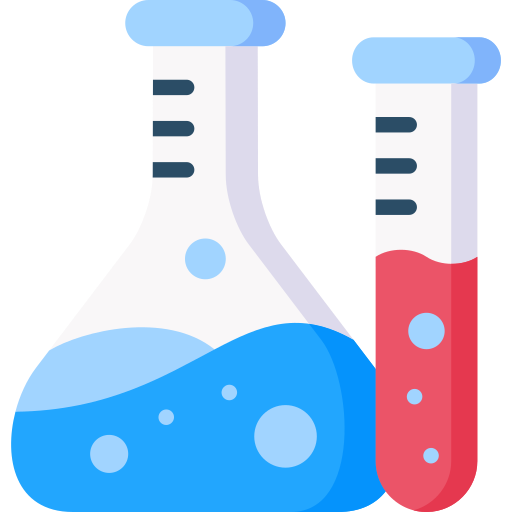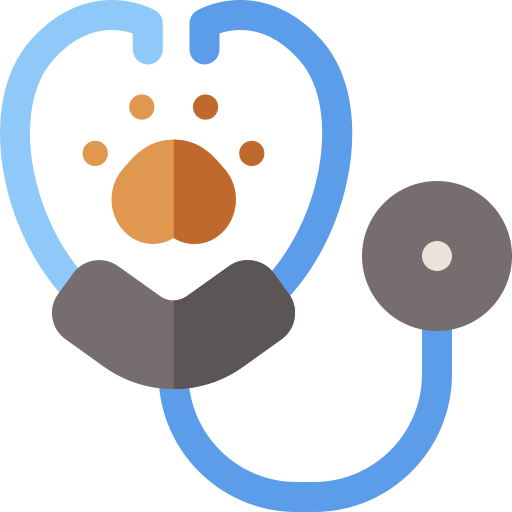Select Location
HRCT CHEST/ THORAX
HRCT (High-Resolution CT) of the Chest/Thorax is a specialized type of CT scan that focuses on providing detailed images of the lungs and surrounding structures. It is primarily used to assess lung conditions in a more detailed way than a standard chest X-ray or regular CT scan.
₹5060 (₹5500)
CLINICA DIAGNOSTICS - BARASAT
Address: Noapara Bazar, Krishnanagar Road, Kolkata 700124
About HRCT CHEST/ THORAX :
What is CT Scan?
CT (Computed Tomography) imaging is a medical imaging technique that uses X-rays and computer technology to produce detailed cross-sectional images of the body's internal structures. It is a non-invasive procedure that allows doctors to visualize the body's internal organs, bones, and soft tissues in great detail. During a CT scan, the patient lies on a table that slides into a doughnut-shaped machine, which rotates around the body, taking X-ray images from different angles. The X-ray images are then reconstructed by a computer into detailed cross-sectional images, or slices, of the body. These images can be used to diagnose a wide range of medical conditions, such as injuries, cancers, and vascular diseases. CT imaging is particularly useful for imaging the brain, spine, chest, abdomen, and pelvis, and can help doctors identify problems such as tumors, bleeding, and fractures. CT scans are often used to guide medical procedures, such as biopsies and surgeries, and can help doctors monitor the effectiveness of treatments. Overall, CT imaging is a powerful diagnostic tool that has revolutionized medical imaging and patient care.
What is the process of HRCT of Chest/ Thorax?
A High-Resolution Computed Tomography (HRCT) scan of the Chest/Thorax is a medical imaging procedure that uses X-rays and computer technology to produce detailed images of the lungs, airways, and surrounding tissues. Here's an overview of the process:
Preparation:
1. Removal of Metal Objects: Patients are asked to remove any metal objects, such as jewelry or clothing with metal fasteners.
2. Breathing Instructions: Patients are instructed on how to breathe during the scan, often holding their breath for short periods.
Scanning Process:
1. Positioning: The patient lies on a table that slides into the CT scanner.
2. Scanning: The CT scanner takes thin-slice images of the chest/thorax, often in a single breath-hold.
3. Image Reconstruction: The images are reconstructed using high-resolution algorithms to produce detailed images of the lungs and airways.
Uses:
- Diagnosing lung diseases, such as:
- Interstitial lung disease
- Chronic obstructive pulmonary disease (COPD)
- Pneumonia
- Lung cancer
- Evaluating lung function and disease progression
- Guiding medical procedures, such as biopsies or treatments
Benefits:
- High-resolution images provide detailed information about lung structure and disease.
- Helps diagnose and manage lung diseases more effectively.
The HRCT scan is a valuable diagnostic tool for evaluating lung health and disease.
What is CT Scan used for?
A CT (Computed Tomography) scan is used for a wide range of medical purposes, including:
Diagnosing and monitoring various medical conditions, such as:
- Injuries (e.g., internal injuries, fractures)
- Cancers (e.g., lung, liver, pancreas)
- Vascular diseases (e.g., atherosclerosis, aneurysms)
- Infections (e.g., pneumonia, abscesses)
- Organ damage or disease (e.g., liver or kidney disease)
Guiding medical procedures, such as:
- Biopsies
- Surgeries
- Drainage of abscesses or fluid collections
Monitoring treatment effectiveness and detecting potential complications.
Some specific uses of CT scans include:
- Brain imaging: detecting strokes, tumors, and other neurological conditions
- Chest imaging: diagnosing lung diseases, such as pneumonia or lung cancer
- Abdominal imaging: detecting liver, kidney, or pancreatic diseases
- Vascular imaging: evaluating blood vessels and detecting conditions like aneurysms or blood clots
Overall, CT scans provide valuable diagnostic information that helps healthcare professionals make informed decisions about patient care.
.png)


 91-6292253005
91-6292253005




